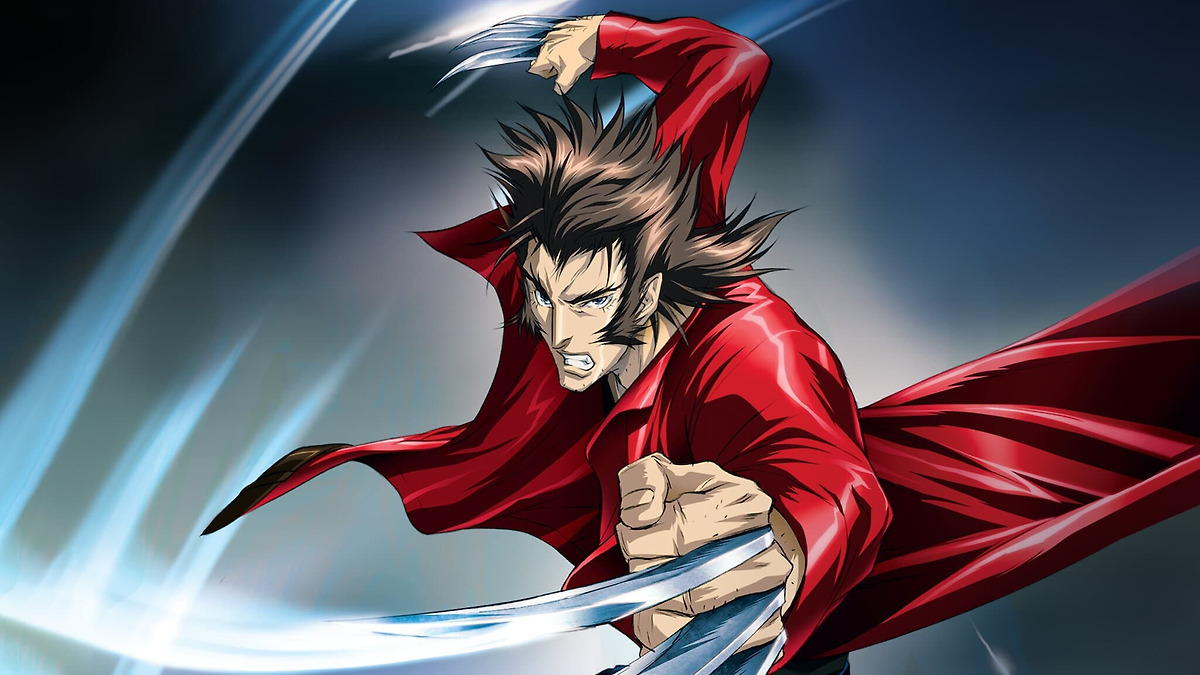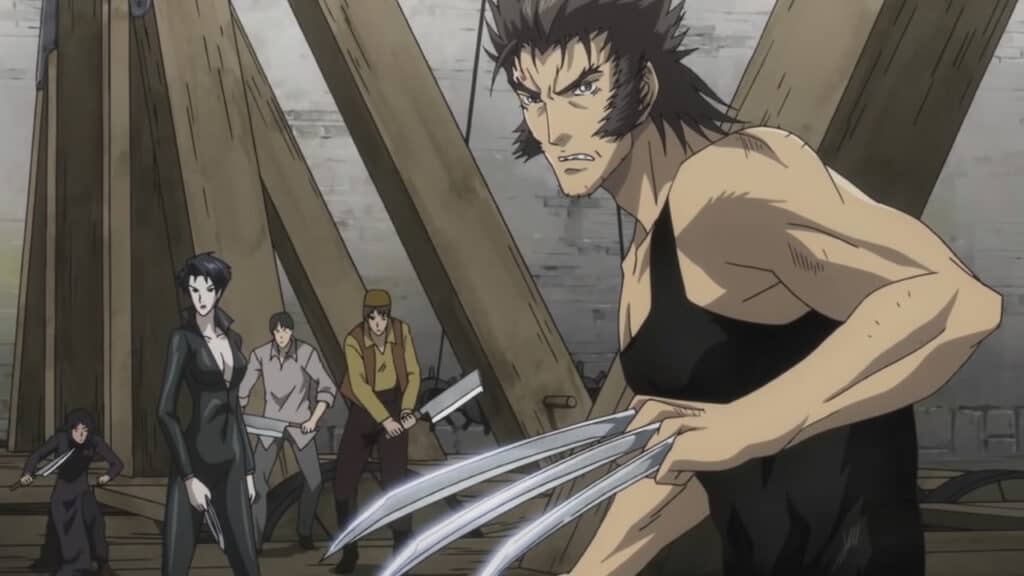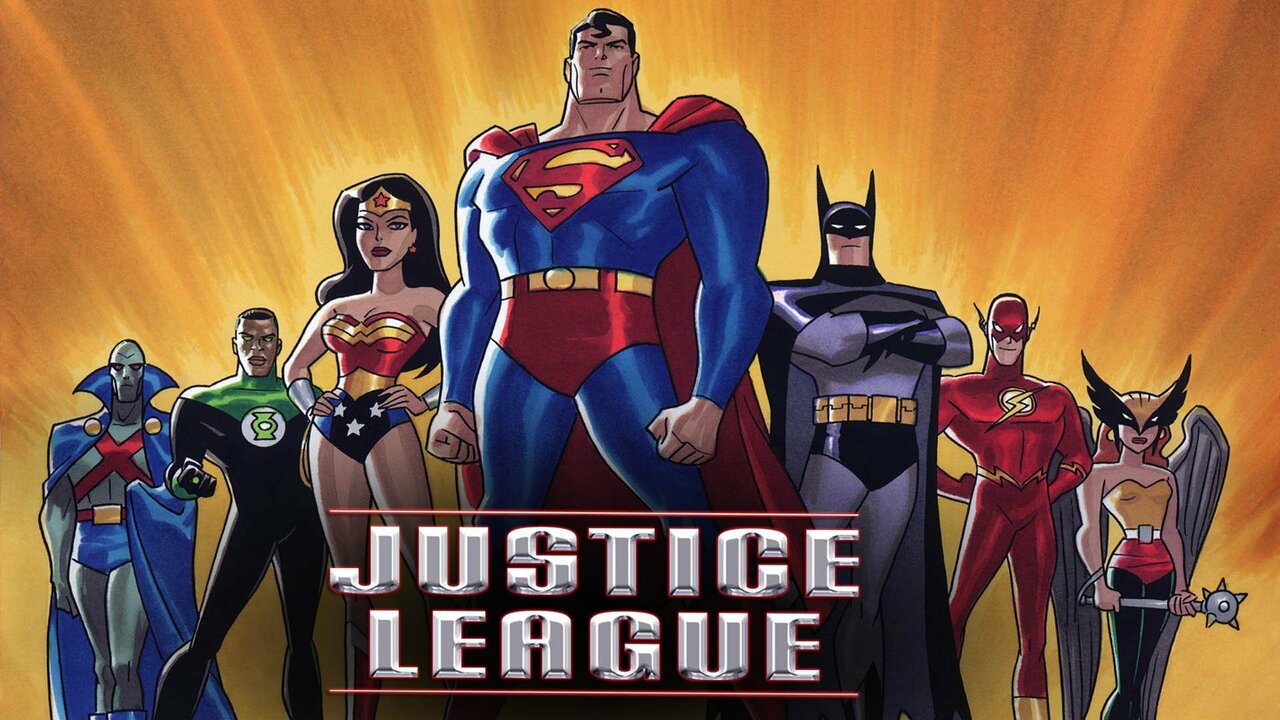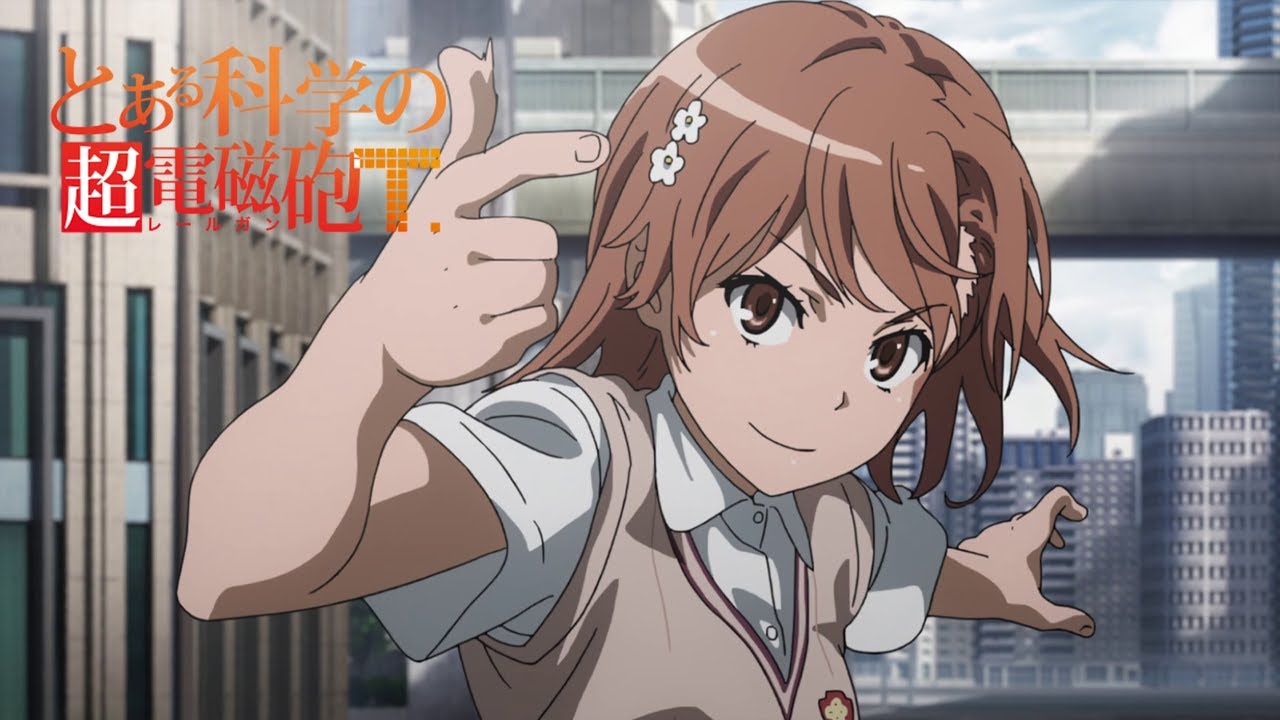Wolverine (2011) — The Gritty, Underrated Anime That Gave Logan a New Edge

Before the MCU fully dominated global superhero storytelling, Marvel experimented with a bold idea: what if some of its most iconic heroes were reimagined through the lens of Japanese anime? Among the projects that came out of this creative partnership with Madhouse was the Wolverine (2011) anime series — a stylish, action-packed retelling of Logan’s story that took him far from his Canadian roots and deep into the heart of Japan.
Though short-lived and not widely known, Wolverine (2011) remains one of the most distinct adaptations of the character — darker, more grounded, and deeply infused with Japanese storytelling aesthetics.
A Gritty New Take on a Fan-Favorite Hero
Released in January 2011, Wolverine was the second entry in Marvel’s anime project, following Iron Man: The Anime. Produced by Madhouse, one of Japan’s top animation studios, the series ran for 12 episodes and aired on Japan’s Animax network before being brought to Western audiences through G4 TV.
Unlike the Western depictions that often tie Wolverine to the X-Men, this version told a self-contained story inspired by the 1982 comic series Wolverine by Chris Claremont and Frank Miller.
The anime follows Logan as he travels to Japan to rescue Mariko Yashida, his former lover who’s been kidnapped by her father, Shingen Yashida, a powerful crime lord. The plot dives into the darker corners of organized crime, corruption, and personal honor — giving fans a noir-like, emotionally charged story set in a world of samurai, ninjas, and betrayal.
Visual Style and Tone
Madhouse’s animation style gave Wolverine a sleek, gritty visual flair. The series leaned heavily on realism, portraying Logan with a leaner, more grounded design rather than the muscular, comic-book style fans were used to.
The action sequences were fluid and brutal — full of sword fights, rooftop chases, and Logan’s trademark claws slicing through enemies with precision. The tone was unapologetically mature, reflecting both Japanese anime sensibilities and Wolverine’s violent nature.
While some fans criticized the redesign, others appreciated the grounded portrayal — a Logan who felt more like a wandering ronin than a superhero.

Voice Cast
For English-speaking audiences, Milo Ventimiglia (known for Heroes and This Is Us) voiced Wolverine, delivering a restrained but intense performance that captured Logan’s stoic demeanor and inner turmoil.
The Japanese version featured Rikiya Koyama as Logan, whose deep, gravelly voice added an extra layer of authenticity to the character’s rough-edged personality.
Reception and Legacy
The Wolverine anime received mixed reviews from fans and critics. Some praised its bold stylistic direction, mature storytelling, and cinematic fight choreography, while others felt it lacked the emotional weight and character depth that made Wolverine beloved in Western media.
However, as part of Marvel’s “Anime Universe” — which included Iron Man, Blade, and X-Men — it stood out for its strong narrative and faithful adaptation of one of Wolverine’s most iconic comic arcs.
Over time, Wolverine (2011) has gained a small cult following among anime fans who appreciate its grounded storytelling, moody tone, and unique cross-cultural take on the Marvel mythos.
Why It’s Worth Revisiting
While it never reached the mainstream popularity of other Wolverine adaptations, the Wolverine anime remains a hidden gem for fans of both superhero and action anime genres. It’s a fascinating blend of East and West — a Marvel character filtered through Japanese storytelling traditions of honor, love, and vengeance.
For anyone who loves Wolverine’s more tragic, human side, this 12-episode journey offers a raw, introspective look at the man behind the claws — far from the X-Mansion, deep in the neon shadows of Tokyo.






